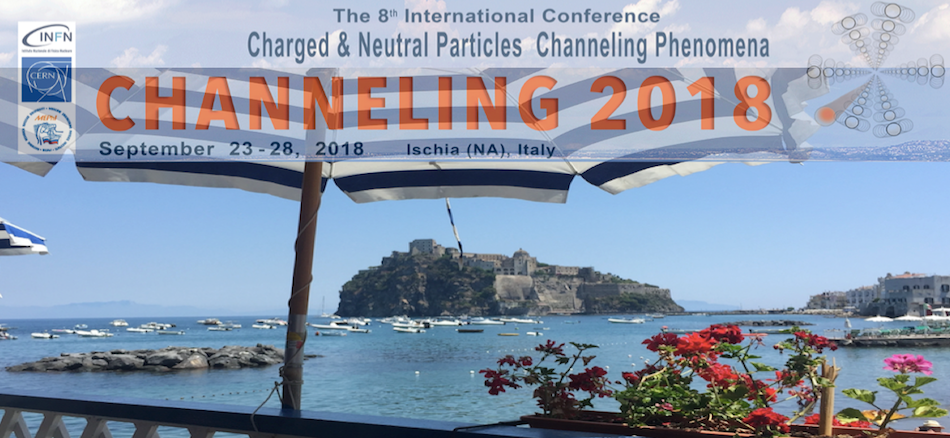Speaker
Prof.
Vincenzo Nassisi
(Dip. di Matematica e Fisica, Università del Salento, Lecce, Italia)
Description
In this work we report the investigation of two different photocathodes (PCs) based on nanodiamonds (NDs) irradiated by a nanosecond excimer laser (KrF) operating at 248 nm (5eV). The ND layers of cathodes were deposited by means of pulsed spray technique. Specifically, the active ND layer of each PC consists of untreated or hydrogenated particles, 250 nm in size, sprayed on p-doped silicon substrate. The ND-based photocathodes were tested in a vacuum chamber at 10−5 Pa and compared to a conventional Cu one. They were irradiated at normal incidence, and the anode–cathode distance was set at 3 mm. The maximum applied accelerating voltage was 7 kV, while the laser energy ranged from 10-3 to 10-2 J/cm2, limited by the electrical breakdown of the photodiode gap and by the plasma formation. The quantum efficiency of the photocathodes was assessed in the saturation regime. We also calculated the target temperature and the contribution of multiphoton processes to the photoemission mechanism. The obtained results showed QE values for the ND-based photocathodes higher than that of a conventional Cu target. In particular, the hydrogenated ND-based PC exhibited the highest QE value due to the negative electron affinity of its surface terminated by hydrogen.
Author
Prof.
Vincenzo Nassisi
(Dip. di Matematica e Fisica, Università del Salento, Lecce, Italia)
Co-authors
Dr
Grazia Cicala
(P.LAS.M.I. Lab @ CNR-NANOTEC, Bari - Italia)
Dr
Luciano Velardi
(Università del Salento (Lecce) e CNR-NANOTEC (Bari))
Luigi Martina
(Dip. di Matematica e Fisica, Università del Salento, Lecce, Italia)
Mr
Vito Turco
(Dip. di Matematica e Fisica, Università del Salento, Lecce, Italia)

